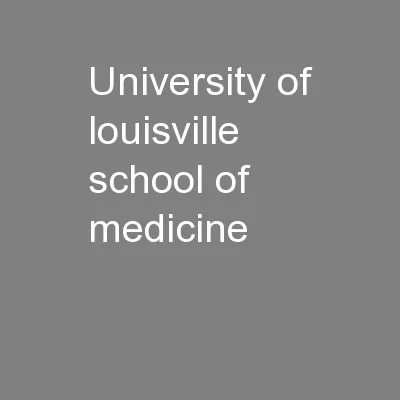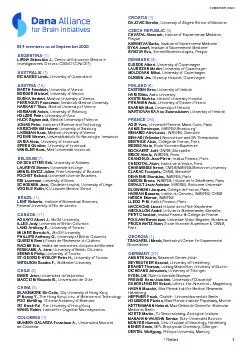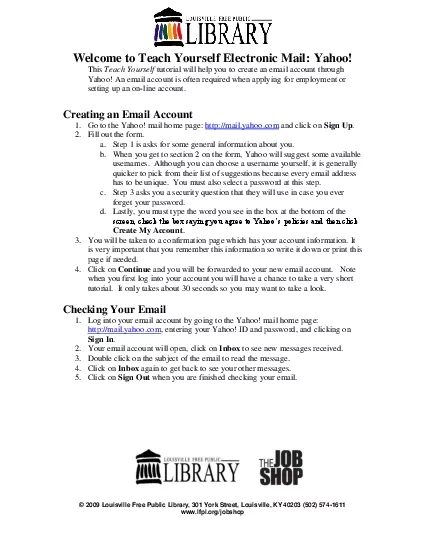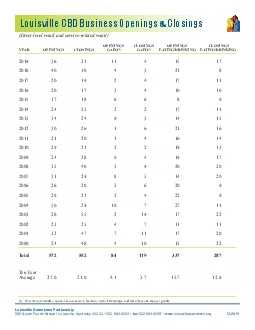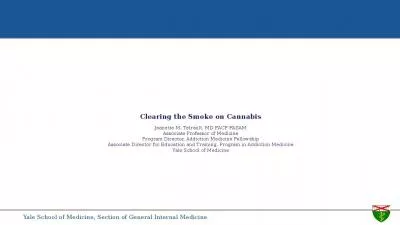PPT- University of Louisville School of Medicine
Author : olivia-moreira | Published Date : 2016-07-24
Strategic Planning Initiative Clinical Enterprise Team Draft Findings and Recommendations Greg Postel Chair Russell Bessette Daniel Danzl Kelli Dunn Renee Girdler
Presentation Embed Code
Download Presentation
Download Presentation The PPT/PDF document " University of Louisville School of Me..." is the property of its rightful owner. Permission is granted to download and print the materials on this website for personal, non-commercial use only, and to display it on your personal computer provided you do not modify the materials and that you retain all copyright notices contained in the materials. By downloading content from our website, you accept the terms of this agreement.
University of Louisville School of Medicine: Transcript
Download Rules Of Document
" University of Louisville School of Medicine"The content belongs to its owner. You may download and print it for personal use, without modification, and keep all copyright notices. By downloading, you agree to these terms.
Related Documents

